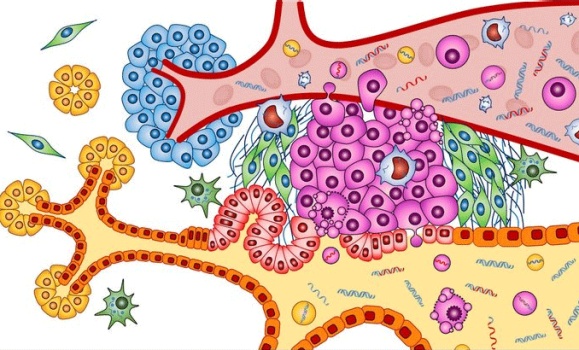Stories
» Go to news mainThe implications of missed or misinterpreted cases of pancreatic ductal adenocarcinoma on imaging: a multi‑centered population‑based study

New publication by Dr. Sharon Clarke, Dr. Mo Abdolell, Dr. Jennifer Payne.
Abstract
Objectives: To assess the proportion of missed/misinterpreted imaging examinations of pancreatic ductal adenocarcinoma (PDAC), and their association with the diagnostic interval and survival.
Methods: Two hundred fifty-seven patients (mean age, 71.8 years) diagnosed with PDAC in 2014-2015 were identified from the Nova Scotia Cancer Registry. Demographics, stage, tumor location, and dates of initial presentation, diagnosis, and, if applicable, surgery and death were recorded. US, CT, and MRI examinations during the diagnostic interval were independently graded by two radiologists using the RADPEER system; discordance was resolved in consensus. Mean diagnostic interval and survival were compared amongst RADPEER groups (one-way ANOVA). Kaplan-Meier analysis was performed for age (< 65, 65-79, ≥ 80), sex, tumor location (proximal/distal), stage (I-IV), surgery (yes/no), chemotherapy (yes/no), and RADPEER score (1-3). Association between these covariates and survival was assessed (multivariate Cox proportion hazards model).
Results: RADPEER 1-3 scores were assigned to 191, 27, and 39 patients, respectively. Mean diagnostic intervals were 53, 86, and 192 days, respectively (p = 0.018). There were only 3/257 (1.2%) survivors. Mean survival was not different between groups (p = 0.43). Kaplan-Meier analysis showed worse survival in RADPEER 1-2 (p = 0.007), older age (p < 0.001), distal PDAC (p = 0.016), stage (p < 0.0001), and no surgery (p < 0.001); survival was not different with sex (p = 0.083). Cox analysis showed better survival in RADPEER 3 (p = 0.005), women (p = 0.002), surgical patients (p < 0.001), and chemotherapy (p < 0.001), and worse survival in stage IV (p = 0.006).
Conclusion: Imaging-related delays occurred in one-fourth of patients and were associated with longer diagnostic intervals but not worse survival, potentially due to overall poor survival in the cohort.
Key points: • One-fourth of patients (66/257, 25.7%) with pancreatic ductal adenocarcinoma (PDAC) underwent imaging examinations that demonstrated manifestations of the disease, but findings were either missed or misinterpreted; RADPEER 2 and 3 scores were assigned to 10.5% and 15.2% of patients, respectively. • Patients with imaging examinations assigned RADPEER 3 scores were associated with significantly longer diagnostic intervals (192 ± 323 days) than RADPEER 1 (53 ± 86 days) and RADPEER 2 (86 ± 120 days) (p < 0.001). • Imaging-related diagnostic delays were not associated with worse survival; however, this may have been confounded by the overall poor survival in our cohort (only 3/257 (1.2%) survivors).
Recent News
- Dr. Abraham receives CAIR Award
- Thank you to everyone who joined us for the 30th anniversary Radiology Research Day on May 8th!
- Nova Scotia’s Lung Screening Program expanding to Cape Breton, eastern mainland
- Donor‑supported nuclear medicine technology attracts top medical talent to the QEII
- Building Critical Skills at the Dalhousie Physician Leadership Workshop for Women in Radiology
- CAR/CSTR Practice Guideline on CT Screening for Lung Cancer
- CAR/CSACI Practice Guidance for Contrast Media Hypersensitivity
- CAR Practice Guideline on Bone Mineral Densitometry Reporting: 2024 Update
